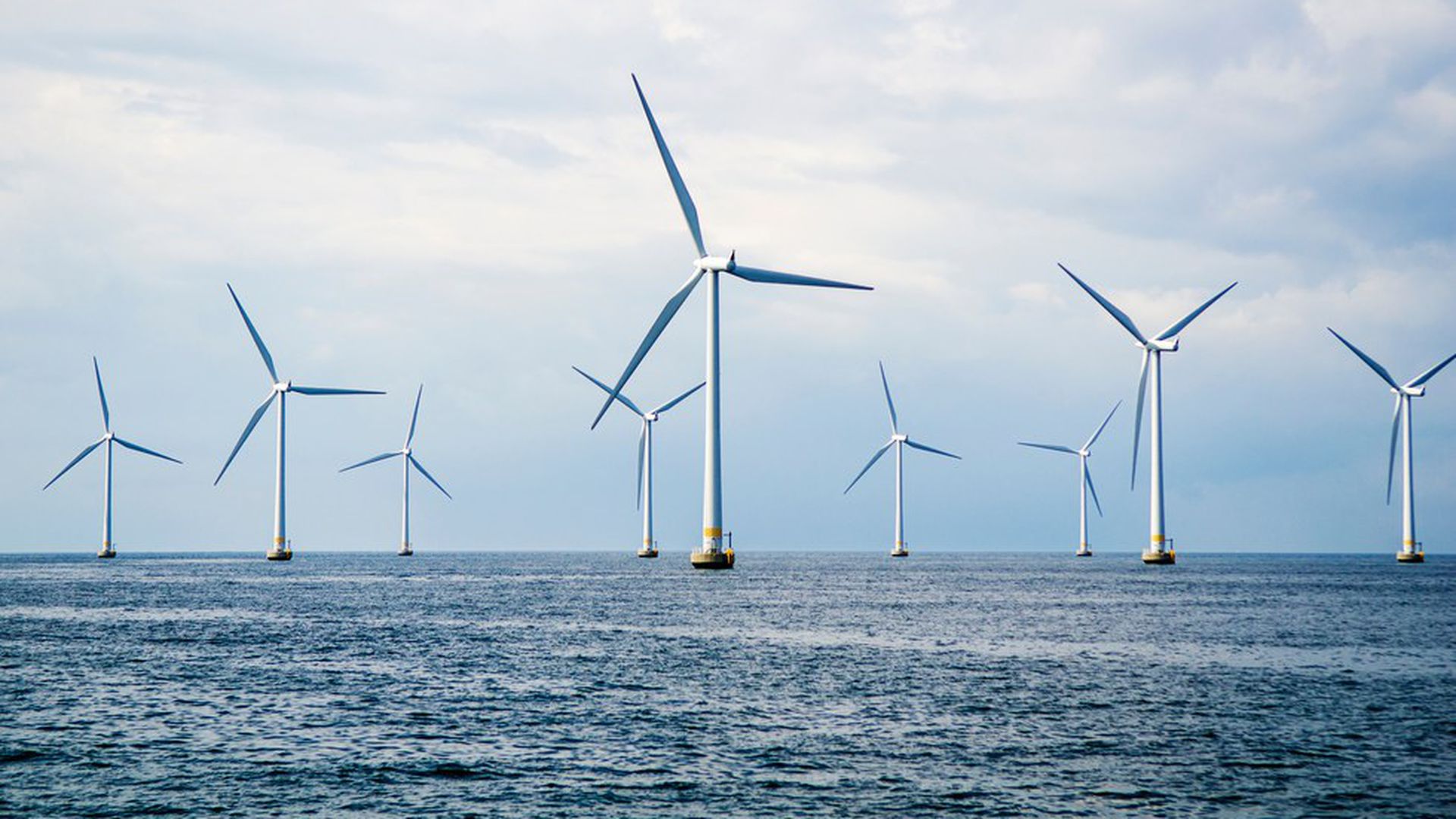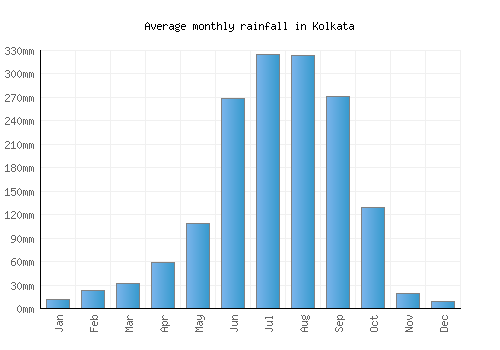Offshore Wind Farm Costs: Why Energy Companies Are Hesitating

Table of Contents
High Upfront Capital Expenditure and Financing Challenges
The sheer scale of investment required for offshore wind farm projects presents a major barrier to entry. The astronomical offshore wind farm costs associated with these ventures often deter potential investors.
The Cost Breakdown of Offshore Wind Farms
Constructing an offshore wind farm involves numerous expensive stages. The major cost components include:
- Turbine costs: These are a significant portion of the overall budget, encompassing the wind turbine generators themselves, their internal components, and associated technology.
- Foundation installation: The foundations, whether monopiles, jackets, or floating structures, are crucial and represent a substantial expense, particularly in deeper waters.
- Grid connection: Connecting the wind farm to the onshore electricity grid requires substantial infrastructure development, including subsea cables and onshore substations, adding significantly to the offshore wind farm costs.
- Vessels and installation: Specialized vessels are needed for transportation, installation, and maintenance, leading to considerable expenses.
- Site surveys and geotechnical investigations: Thorough site assessments are necessary to ensure the structural integrity and safety of the wind farm, contributing to the overall offshore wind farm costs.
- Permitting and licensing: The regulatory process is lengthy and costly, adding to the overall project expenditure.
Economies of scale play a role; larger projects can sometimes benefit from reduced per-unit costs. However, the initial investment remains massive. Government subsidies and tax incentives can help mitigate some of these offshore wind farm costs, but their availability and effectiveness vary significantly across regions and are often insufficient to fully offset the high upfront investment.
Securing Project Financing in a Volatile Market
Securing the necessary financing for these massive projects is extremely challenging. The high risk profile, due to factors like technological uncertainties, regulatory changes, and fluctuating energy prices, makes lenders and investors cautious.
- Risks: Technological risks, such as turbine failures or grid connection issues, are significant. Regulatory changes can impact project viability, while market volatility creates uncertainty about future energy prices and revenue streams.
- Mitigation: Insurance and risk mitigation strategies, including robust project planning and meticulous risk assessments, are crucial to attract investment.
Complex Permitting and Regulatory Hurdles
Navigating the regulatory maze is another substantial challenge impacting offshore wind farm costs. The approval process is often lengthy and complex, involving multiple stakeholders and jurisdictions.
Navigating the Regulatory Landscape
Obtaining all necessary permits and licenses can take years, causing significant delays and increasing project costs.
- Jurisdictional complexities: Offshore wind farms often span multiple jurisdictions, necessitating coordination between different regulatory bodies, adding layers of complexity and increasing offshore wind farm costs.
- Environmental Impact Assessments (EIAs): Extensive EIAs are required to assess the potential environmental impacts of the project. These assessments can be costly and time-consuming, and any associated legal challenges further inflate costs.
- Stakeholder consultations: Public consultations and engagement with local communities are essential, but can lead to delays and added costs if significant opposition arises.
Environmental Impact Assessments and Public Opposition
Environmental concerns, such as impacts on marine life (e.g., noise pollution, habitat disruption) and visual impacts on coastal landscapes, can lead to public opposition and delays.
- Mitigation: Effective communication and stakeholder engagement are crucial to address concerns and gain public support. Implementing mitigation measures to minimize environmental impacts also adds to the offshore wind farm costs.
Technological Challenges and Operational Risks
While technological advancements offer potential cost reductions in the long term, the initial investment in new technologies and managing operational risks pose immediate challenges.
Technological Advancements and their Impact on Costs
Ongoing innovations in turbine design, such as larger rotor diameters and improved blade technologies, promise to increase energy generation efficiency. However, adopting these new technologies also involves upfront investment and potential integration challenges, adding to the offshore wind farm costs.
Maintenance and Operational Costs
Maintaining and repairing offshore wind turbines in harsh marine environments is expensive and logistically challenging.
- Specialized vessels and labor: Specialized vessels and highly skilled technicians are needed for maintenance and repairs, increasing operational costs.
- Weather conditions: Adverse weather conditions can significantly impact operational efficiency and increase maintenance frequency, further driving up offshore wind farm costs.
Supply Chain Issues and Material Costs
The global nature of the offshore wind industry exposes it to supply chain vulnerabilities and material price fluctuations.
Dependence on Global Supply Chains
Offshore wind farms rely on global supply chains for critical components and materials, including turbines, foundations, cables, and specialized equipment.
- Disruptions: Disruptions in these supply chains, whether due to geopolitical events, pandemics, or logistical bottlenecks, can cause significant delays and cost overruns.
The Impact of Inflation and Material Shortages
Inflation and material shortages, particularly of specialized steel and rare earth elements, significantly impact project costs.
- Geopolitical factors: Geopolitical instability and trade disputes can influence material prices, increasing the uncertainty and risk associated with offshore wind farm costs.
- Price risk management: Strategies for managing price risks, such as hedging and long-term contracts with suppliers, are becoming increasingly important.
Conclusion
The high offshore wind farm costs present a formidable challenge to the widespread adoption of this crucial renewable energy source. The combination of substantial upfront capital expenditure, complex permitting procedures, technological risks, and supply chain vulnerabilities necessitates innovative solutions. Understanding the intricacies of offshore wind farm costs is crucial for unlocking the full potential of this renewable energy source. Let's continue the dialogue and explore innovative solutions to reduce these costs and make offshore wind a more viable and accessible energy solution for the future.

Featured Posts
-
 Emma Stones Snl Appearance Dress Design And Online Reactions
May 04, 2025
Emma Stones Snl Appearance Dress Design And Online Reactions
May 04, 2025 -
 Kolkata Weather Update March Temperatures To Exceed 30 Degrees
May 04, 2025
Kolkata Weather Update March Temperatures To Exceed 30 Degrees
May 04, 2025 -
 How To Watch Fox Without Cable Live Sports News And Tv Shows
May 04, 2025
How To Watch Fox Without Cable Live Sports News And Tv Shows
May 04, 2025 -
 Stanley Cup Playoffs Us Ratings Dip Despite International Interest
May 04, 2025
Stanley Cup Playoffs Us Ratings Dip Despite International Interest
May 04, 2025 -
 Fridays Nhl Games Playoff Standings Battles And Key Matchups
May 04, 2025
Fridays Nhl Games Playoff Standings Battles And Key Matchups
May 04, 2025
Latest Posts
-
 Alleged Torture Starvation And Assault Lead To Murder Charge Against Stepfather Of 16 Year Old
May 04, 2025
Alleged Torture Starvation And Assault Lead To Murder Charge Against Stepfather Of 16 Year Old
May 04, 2025 -
 Murder Charge Filed Against Stepfather Accused Of Torturing Starving And Beating 16 Year Old Stepson
May 04, 2025
Murder Charge Filed Against Stepfather Accused Of Torturing Starving And Beating 16 Year Old Stepson
May 04, 2025 -
 Stepfather Faces Murder Charges In Stepsons Death Allegations Of Torture Starvation And Assault
May 04, 2025
Stepfather Faces Murder Charges In Stepsons Death Allegations Of Torture Starvation And Assault
May 04, 2025 -
 Hospital Hammer Incident Belfast Mans Violent Past Revealed
May 04, 2025
Hospital Hammer Incident Belfast Mans Violent Past Revealed
May 04, 2025 -
 Emma Stone And Margaret Qualley Oscars Incident Fact Or Fiction
May 04, 2025
Emma Stone And Margaret Qualley Oscars Incident Fact Or Fiction
May 04, 2025
